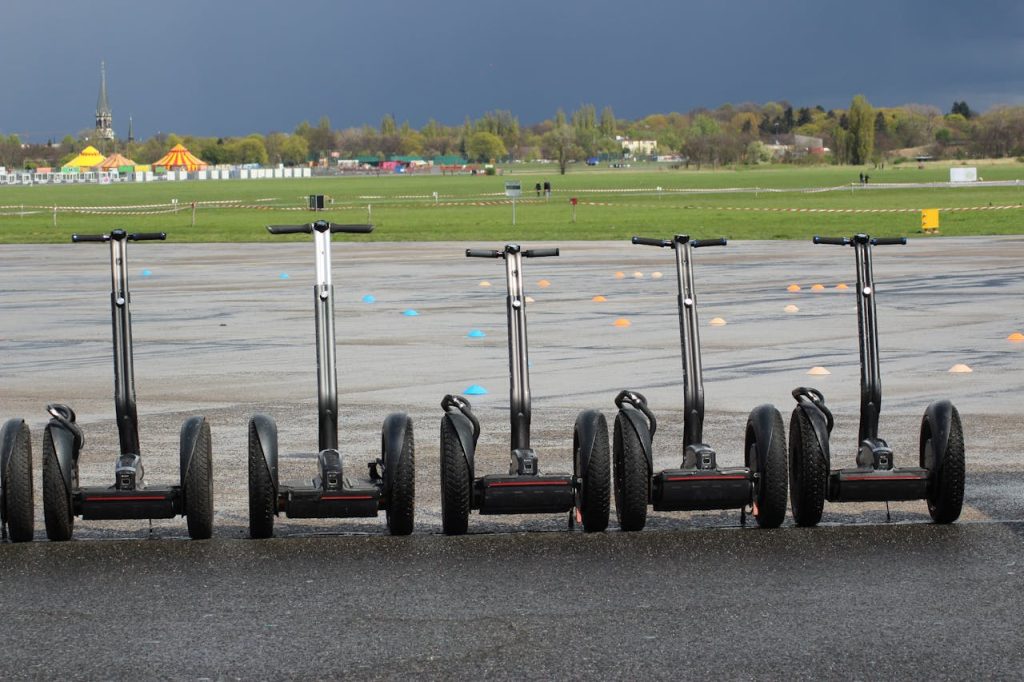
We all love a good comeback story, but a single misstep can sometimes send even the mightiest brands tumbling. Launching a new product is always a gamble in the business world. Sometimes, the risk pays off in spades. Other times, it leads to a spectacular flop that not only fails but drags the entire brand down with it. Why does this matter to you? Whether you’re an entrepreneur, investor, or just a curious consumer, understanding these cautionary tales can help you spot red flags, make smarter decisions, and avoid costly mistakes. Let’s dive into ten disastrous products that didn’t just flop—they took their brands down with them.
1. New Coke
In 1985, Coca-Cola boldly changed its classic formula, introducing what became known as “New Coke.” The backlash was immediate and fierce. Loyal customers felt betrayed, and the company’s brand image took a major hit. Within three months, Coca-Cola was forced to bring back the original formula as “Coca-Cola Classic.” The lesson here? Never underestimate the emotional connection consumers have with your product. When considering a major change, test it thoroughly and listen to your core audience.
2. Google Glass
Google Glass was supposed to revolutionize wearable tech, but became a punchline instead. Privacy concerns, a clunky design, and a lack of clear use cases led to its downfall. The product’s failure didn’t just hurt Google’s reputation in hardware; it also made consumers wary of future innovations from the tech giant. If you’re launching something new, make sure it solves a real problem and is user-friendly. Otherwise, you risk becoming the next example of disastrous products.
3. Samsung Galaxy Note 7
The Samsung Galaxy Note 7 is infamous for its explosive issues—literally. Reports of phones catching fire led to a global recall and a ban on the device on airplanes. The financial loss was staggering, but the damage to Samsung’s brand was even worse. Safety should always be a top priority. Rushing a product to market without thorough testing can have catastrophic consequences, both financially and reputationally.
4. Blockbuster Total Access
Blockbuster once dominated the video rental market, but its attempt to compete with Netflix through “Total Access” came too late. The service was confusing, expensive, and failed to address the real threat: digital streaming. Blockbuster’s inability to adapt quickly enough turned Total Access into one of the most disastrous products in entertainment history. The takeaway? Stay ahead of industry trends and don’t ignore disruptive competitors.
5. Juicero
Juicero promised fresh juice at the push of a button, but the $400 machine was quickly exposed as unnecessary. It turned out you could squeeze the juice packs by hand, making the pricey gadget obsolete. The company shut down within two years, and its brand became synonymous with Silicon Valley excess. Always ensure your product offers genuine value—otherwise, you risk being remembered for all the wrong reasons.
6. Crystal Pepsi
Crystal Pepsi was Pepsi’s attempt to ride the clear soda trend in the early 1990s. Despite heavy marketing, consumers were confused by the clear cola that tasted like regular Pepsi. The product was pulled from shelves within a year, and Pepsi’s brand took a hit for being out of touch. When launching new products, clarity in messaging and understanding consumer expectations are crucial to avoid joining the ranks of disastrous products.
7. Microsoft Zune
Microsoft’s Zune was meant to rival the iPod, but it never caught on. Poor marketing, a late entry to the market, and a lack of unique features doomed the device. The Zune’s failure didn’t just cost Microsoft millions; it also damaged the company’s reputation in the consumer electronics space. If you’re entering a crowded market, make sure your product stands out and offers something truly different.
8. Kodak Digital Cameras
Kodak invented the digital camera but failed to capitalize on it, fearing it would cannibalize their film business. When they finally entered the digital market, it was too late. Their products were subpar, and the brand’s slow response led to bankruptcy. The lesson? Don’t let fear of change stop you from innovating. Embrace new technology before it leaves you behind.
9. Segway
The Segway was hyped as a revolutionary mode of transportation, but it never found a mainstream audience. High costs, regulatory issues, and impracticality for daily use made it one of the most disastrous products in tech history. The Segway’s failure shows that even the most innovative ideas need a clear market fit and practical application.
10. Quibi
Quibi, the short-form streaming service, raised nearly $2 billion but shut down just six months after launch. The platform failed to attract subscribers, and its mobile-only approach didn’t resonate with viewers. Quibi’s rapid demise is a stark reminder that even well-funded ventures can fail if they don’t meet real consumer needs.
Lessons from the Graveyard of Disastrous Products
What do all these disastrous products have in common? They serve as powerful reminders that even the biggest brands can stumble if they lose touch with their customers, rush to market, or ignore industry shifts. The key takeaway is always prioritizing genuine value, listening to your audience, and adapting quickly to change. By learning from these high-profile failures, you can avoid making the same mistakes and keep your own brand off the list of disastrous products.
What about you? Have you ever bought a product that flopped or watched a brand you loved make a disastrous move? Share your stories in the comments below!
Read More
The Support Available for Traumatic Brain Injury Victims
Where to Find Free Financial Planning Classes
The post 10 Disastrous Products That Took Their Brands Down With Them appeared first on The Free Financial Advisor.







